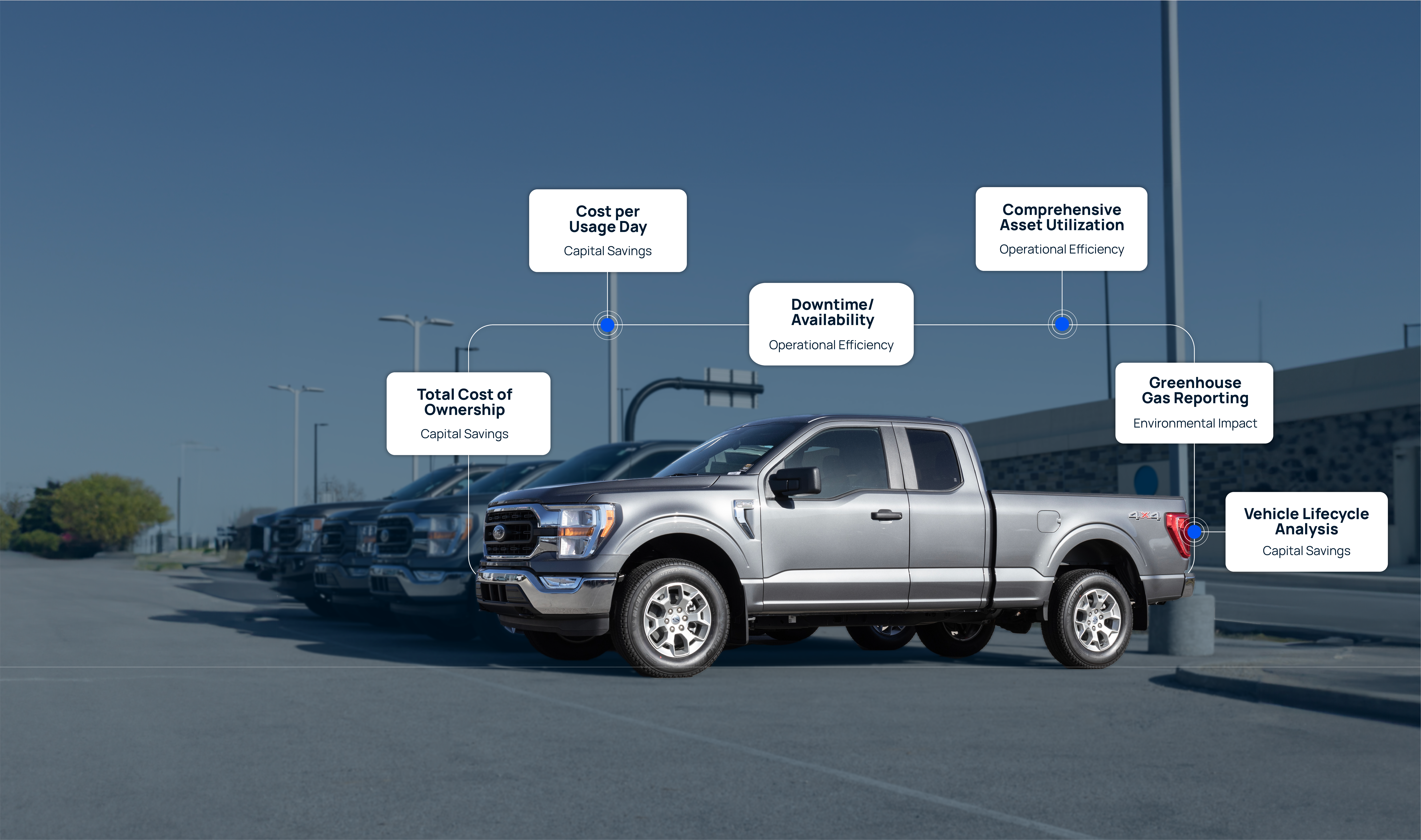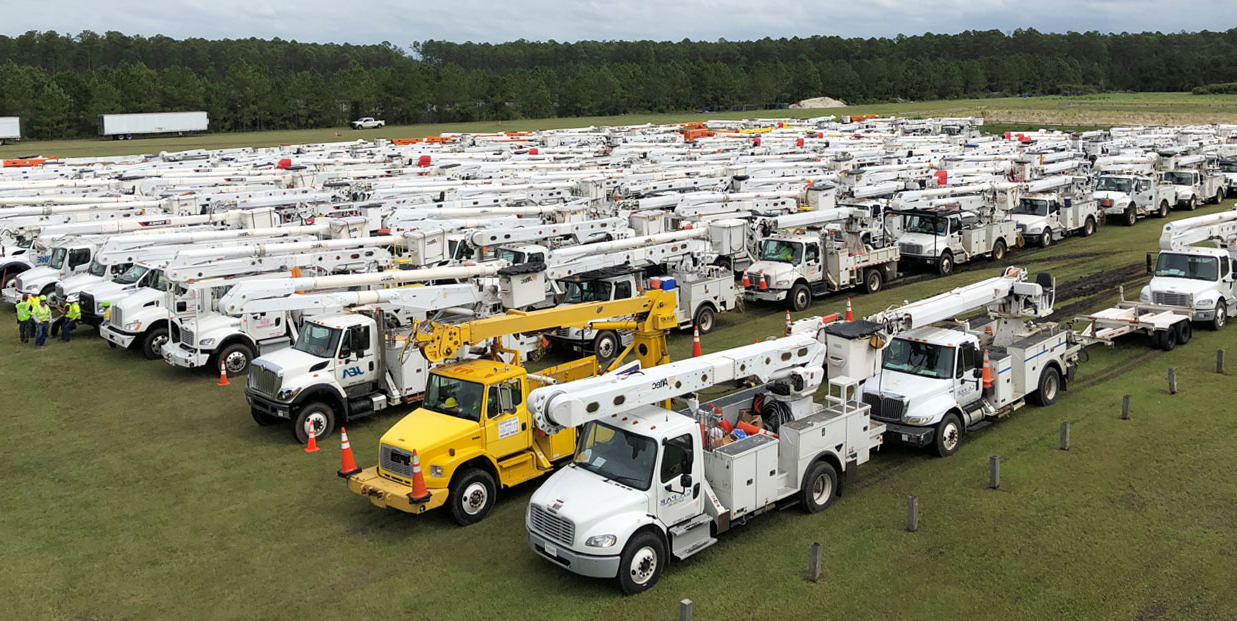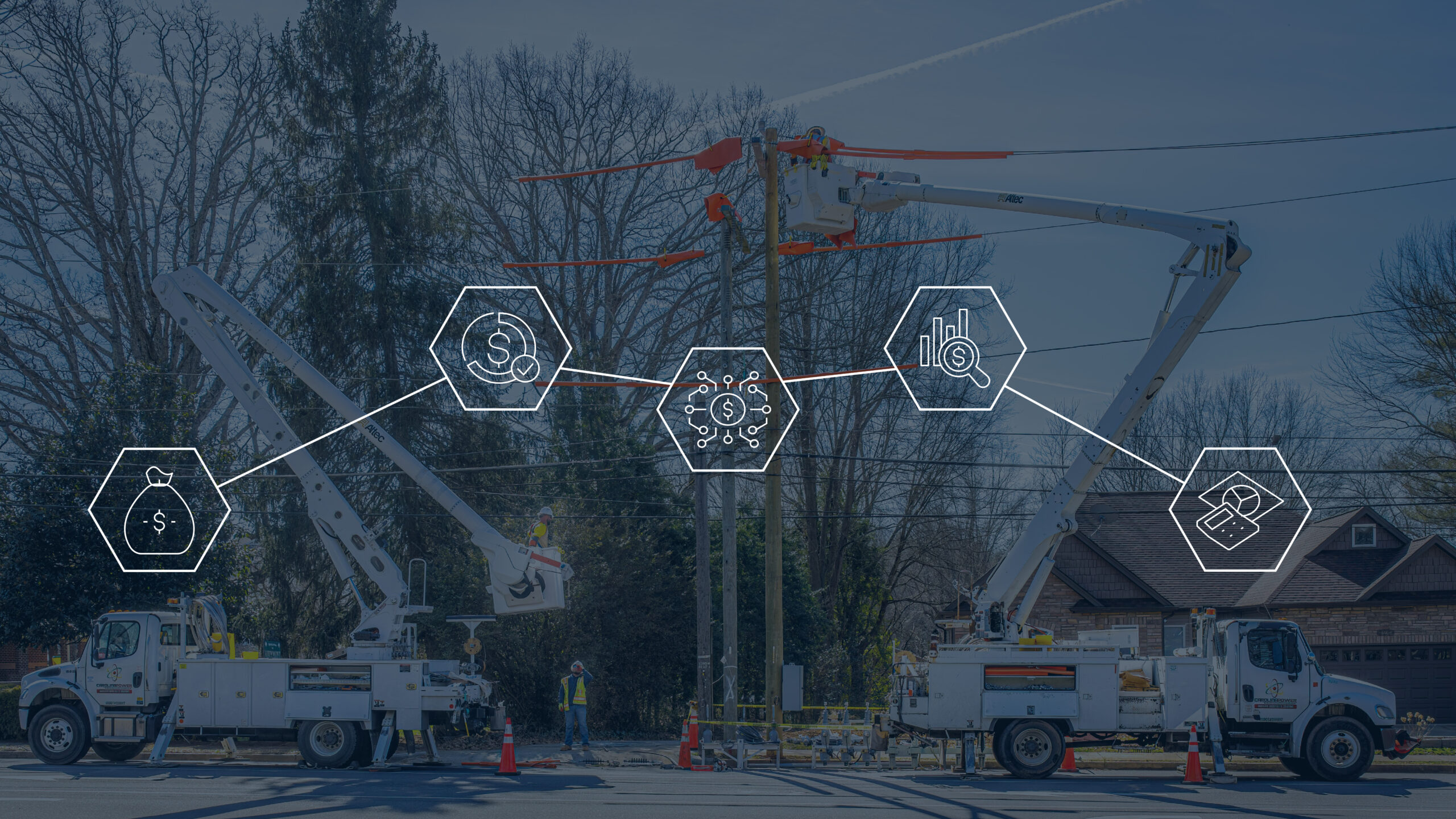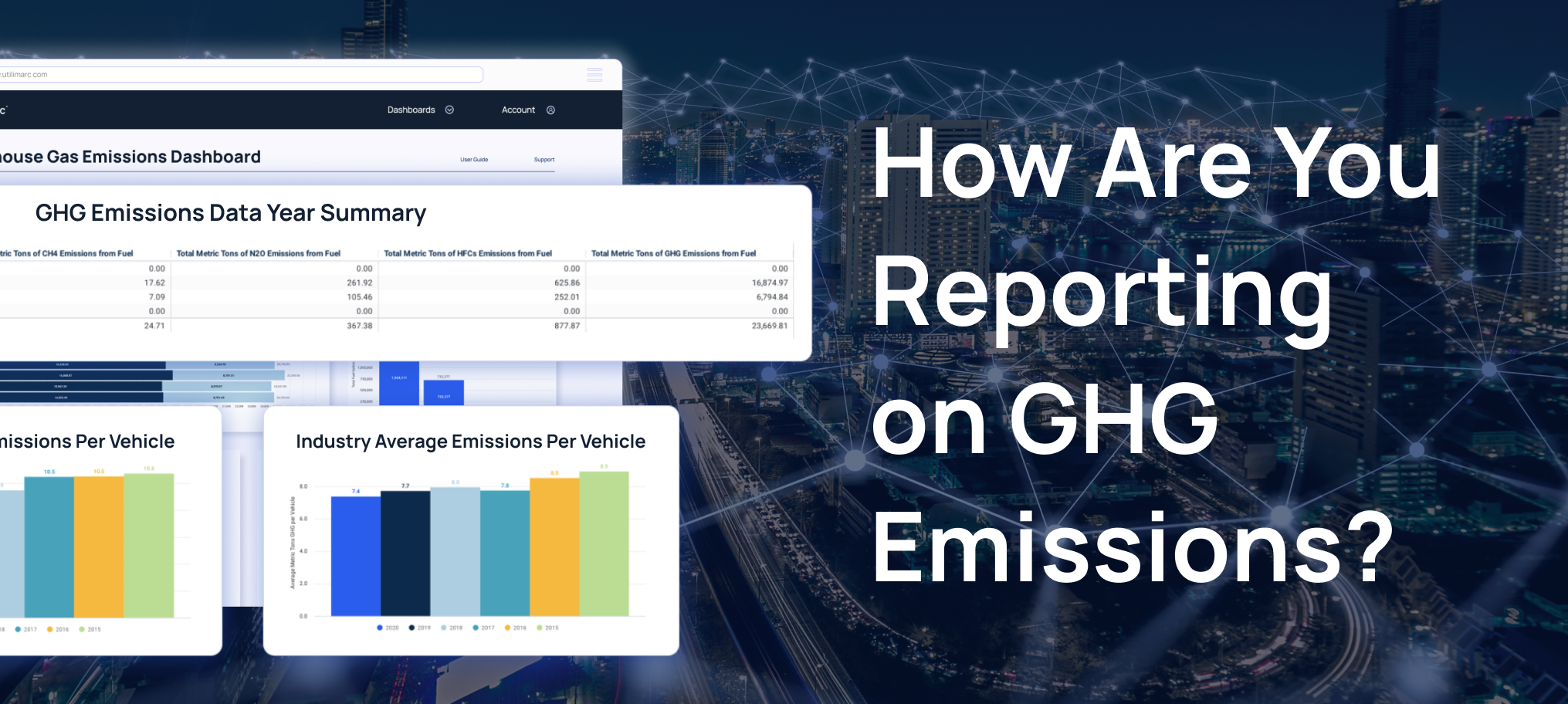
How Are You Reporting on GHG Emissions?
Sustainability and climate change have become pressing issues for all types of businesses and organizations. There is more pressure than ever before for organizations to make their practices sustainable and to report the results publicly. The initial step for making businesses greener is often reducing the amount of greenhouse gases emitted through related activities.
Greenhouse gases are responsible for global warming, which keeps the planet at habitable temperatures. However, when GHGs are emitted excessively and the atmosphere becomes too warm, temperatures become out of control and weather becomes extreme and unpredictable.
Because of this, greenhouse gas reporting –also known as carbon accounting– is becoming more common at organizations, whether by requirement or done voluntarily for transparency. These reports measure how much emissions the organization emitted in a period, breaking it down into which activities contributed what amount and exactly which GHGs were emitted.
What is tracked and how?
Organizations have different ways of reporting their GHG emissions depending on their function and the purpose of the reports. Emissions can be reported at three levels: scope 1, 2 and 3. The lowest scope measures emissions resulting from direct activities, such as fuel consumption by a company’s ICE fleet. The second reports on emissions resulting from secondary activities, like facility climate control and electricity consumption, which can involve EV vehicles. And the third is the highest-level view, taking into consideration emissions from all indirect sources in your supply chain down to raw materials, distribution of goods, end of life treatment and more.
For fleets, GHG reporting is typically done at a scope 1 level, accounting for how much emissions resulted from the daily operation of the fleet’s vehicles. To get these figures as accurate as possible, you must consider the type of fuel being consumed, the types of vehicles in operation and the vehicles’ conditions.
With this information, designated reporting solutions, like Utilimarc’s Business Intelligence platform, can build out detailed dashboards showing the data. Here fleet managers can view a breakdown of how much fuel they consumed, the metric tons of GHGs emitted per each fuel type used, and the trend of total emissions over the years.
Fleets that don’t utilize their telematics data to access these types of reports often receive these stats through their fuel card providers. Since fuel providers already have information on fleets’ fuel consumption, many are creating programs that further analyze data to come up with stats on GHG emissions.

Who is reporting and why?
Many big corporations are reporting on greenhouse gas emissions to ensure transparency for their customers and avoid being criticized for hiding information. Sparked largely by the Paris Climate Agreement and all the subsequential global initiatives, a major goal for many corporations is to have net-neutral or net-negative operations in the upcoming decades. In fact, over 21 percent of the world’s 2000 largest public corporations have already pledged to reach net-zero emissions in the future. Essentially this means that they commit to not adding any new GHGs into the atmosphere by way of offsetting and cutting down on what they do emit. For these companies to even reach these goals, however, thorough and transparent reporting must be done.
The US Environmental Protection Agency’s Greenhouse Gas Reporting Program (GHGRP) also requires major GHG contributors to report annually on their emissions. Facilities are required to report on emissions if they meet certain requirements, such as exceeding 25,000 metric tons CO2 per year. Due to this program, 7,600 facilities in the US are currently required to report their emissions annually, covering nearly 90 percent of the greenhouse gas emissions in the US.
In addition to organizations required to report by the EPA, it is commonplace for government and municipality fleets to report on GHG emissions due to how closely monitored they are. This helps governments to understand the weak points that need improvement, and track progress toward climate goals.
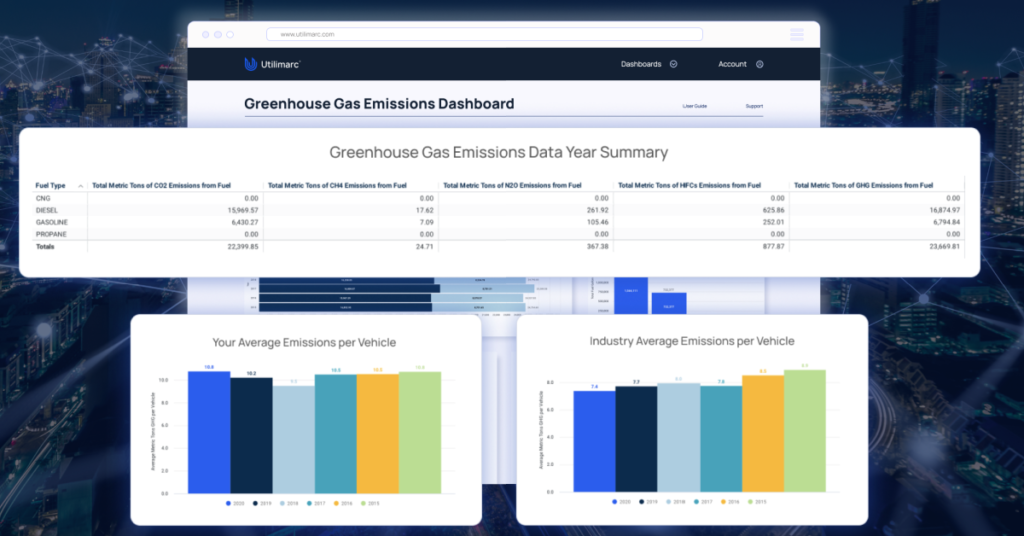
Helping you meet sustainability goals
With the data coming in from fleets’ telematics systems, Utilimarc’s GHG dashboard is a valuable tool for helping managers meet sustainability commitments. The personalized dashboard details metrics like average emissions per vehicle, GHG emission trends, GHGs by fuel type and comparisons of your fleet to industry standard.
This data helps managers to understand their impact on the environment and where they can cut back on fuel consumption. The fuel breakdown is especially useful for understanding which fuel types are resulting in more harmful emissions as it breaks down the GHGs into carbon dioxide, methane, nitrous oxide and hydrofluorocarbons. This data can back decisions to switch to more eco-friendly fuels that emit less GHG all together or emit less harmful gases.
Additionally, the dashboard helps managers gauge their performance against the industry standard. As organizations continue moving toward net-zero emission operations, reports that let you see where you stand will become even more important for your fleet’s success.
If you’re interested in finding out more about telematics as a sustainability solution for your fleet, schedule a demo with a member of our analytics team today.
